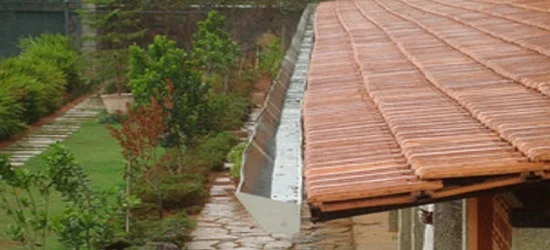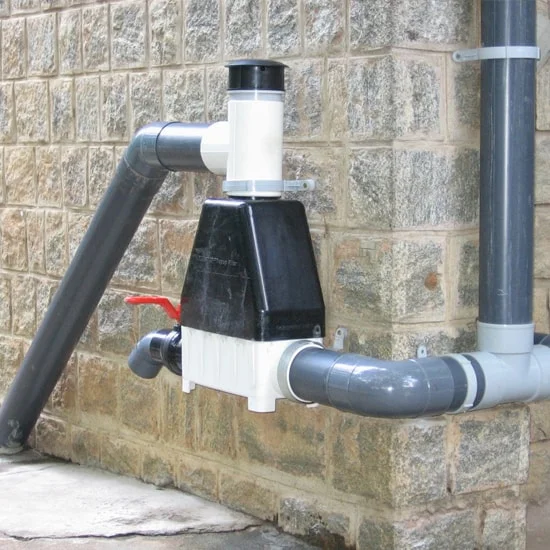Rainwater Harvesting
Rainwater Harvesting is a combination of steps that you take to collect water that falls to the earth as rain and preserves it for future use. The implementation may not be as simple though.
The feasibility of rainwater harvesting in a particular locality is highly dependent upon the amount and intensity of rainfall. Other factors, such as catchment area and type of catchment surface, usually can be adjusted according to household needs. As rainfall is usually unevenly distributed throughout the year, rainwater collection methods can serve as only supplementary sources of household water.
Roof top and Surface runoff are the two sources from where you can collect water. Out of the two, the roof top version is more popular as it is easier to implement. In apartment complexes, a combination of both is the best way to maximize the amount of water collected. Here's a brief on how the system works and what its components are:
Catchment – This is any surface on which rainwater falls, it could be anything like roof, ground, etc. Coarse mesh is used at the roof to prevent the passage of debris.
Conduits – Conduits are pipelines or drains that carry rainwater from the catchment or rooftop area to the harvesting system. Conduits can be of any material like PVC or GI.
Filter – The filter is used to remove suspended pollutants from rainwater collected over roof. A filter unit is a chamber filled with filtering media such as fibre, coarse sand and gravel layers to remove debris and dirt from water before it enters the storage tank or recharge structure. Charcoal can be added for additional filtration.
Sump - A storage provision to collect filtered water from the tank through the filter channel for storage and collection. It is most important to ensure that the rainwater caught and stored is free from pollutants.
For all kind of rain water harvesting services, please reach us at +91 9845944472, +91 7353373533


